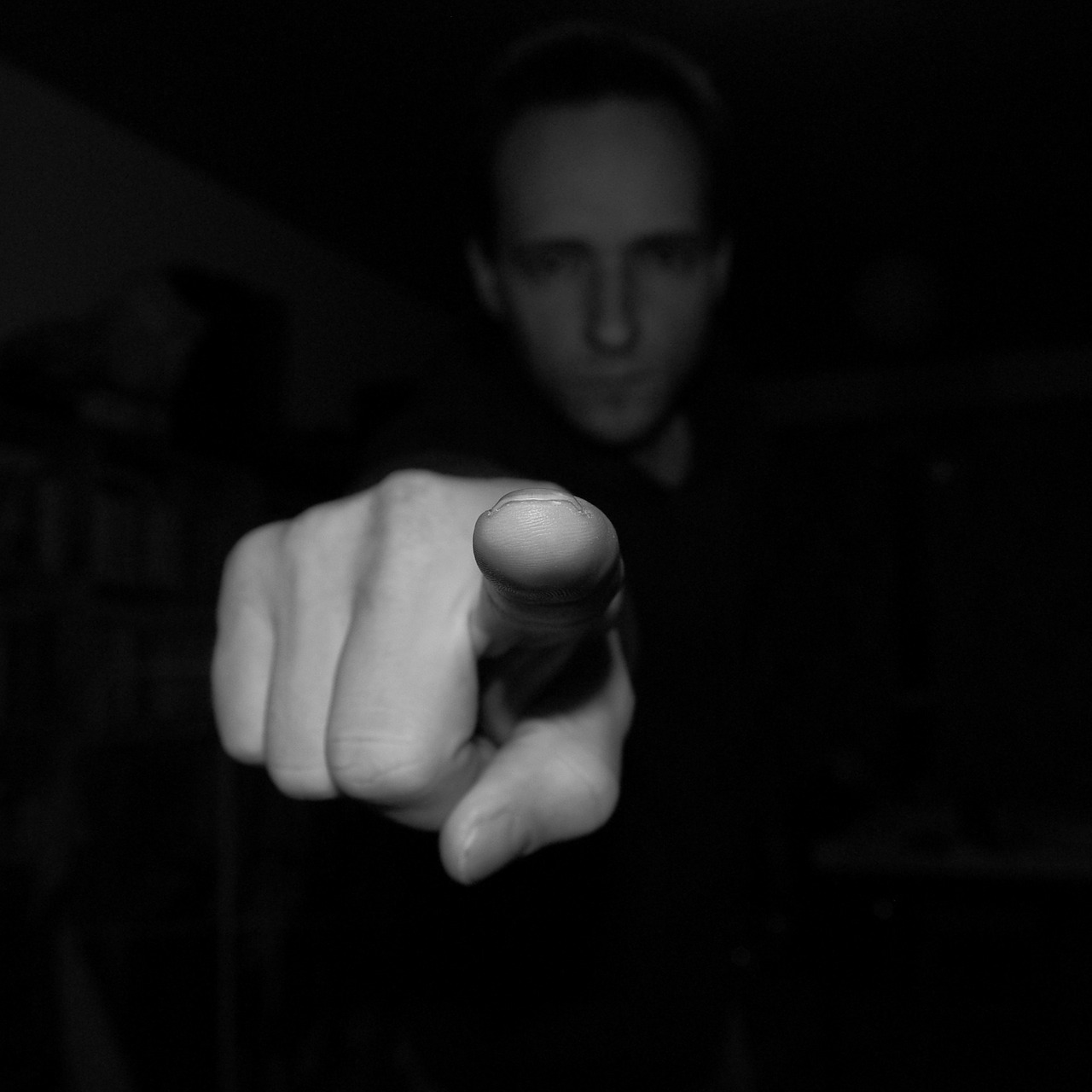 Submitted by Mrs. Jones on
Submitted by Mrs. Jones on

Many people are familiar with the various types of curses and their accompanying legends from around the world. One type that shows up in many cultures and is widely known is the Evil Eye whereby calamity, illness or even death can ensue from a malevolent glance. There is one curse that is lesser known but dates back to the magic and sorcery of early tribal societies – Pointing.
In pointing, supernatural hex is easily executed by pointing a finger, stick or bone backed by the belief that certain magically endowed persons can direct paranormal and natural forces that affect any living thing and bring about justice. When we think about it in today’s psychological terms, most people hate being pointed at by anyone else for any reason and will often respond with, “Don’t point your finger at me!” Perhaps this ancient art of the hex is at the root of some basic psychology.
Stories about pointing can be found in European Witchcraft lore, North American Tribal lore, Voodoo and the lore of Australia, Melanesia, New Zealand, Polynesia, Africa and Latin America. In particular, North American Tribal lore has many legends about killing animals by pointing at them. Australian Aborigines refer to pointing as “boning” or “pointing the bone.” In this case it is considered a punishment for breaking the law or any other wrongdoing.
A case in point (jest intended) was compiled by anthropologists John Goodwin and Ronald Rose. The case involved a man by the name of Kinjika convicted of the rape of two girls according to tribal law.
The tribal Wiseman known as the kurdaitcha decided to craft a special tool to direct the boning. He fashioned the tool by hammering a point into a wire which he drew through flames as he recited curses. The wire was then pointed at the man. This was repeated every evening for one week. The victim became sick and grew progressively worse until he had to take to bed. At the end of the week when the curse was finished the man died. Hospital tests showed there was nothing physically wrong with him.
Another Aboriginal tool is known as kundela. The bone can be from a human, kangaroo, emu or in some cases wood is used. The length of the kundela ranges from six to nine inches. It is fashioned to look like a long needle, rounded at one end with a hole through which hair is attached. The kundela is charged with very powerful psychic energy via a ritual which is kept a secret from any females or non-tribe members.
I most research sources, pointing a finger while uttering a curse is the most effective and deadly. Hatred and the intent to harm or kill, known as deadly magic, is sent to the victim resulting in a most unhappy ending. It is believed that the only way to nullify the pointing is to appeal to the sorcerer who sent it or to find a more powerful sorcerer to cast a counterspell.
How does it work? One might consider negative placebo effect, thanatomania or death suggestion, which are psychological or magical reactions on the part of the victim since in reality pointing a finger is neither a positive or negative act (the victim has to believe in the curse for it to take effect) – it is the intent that counts. The boning of Prime Minister John Howard in 2004 by an Aboriginal woman over politics who said he would be cursed up until the next federal election.
John Howard won his fourth successive term that year but in 2006 he suffered one of his biggest defeats when he was forced to withdraw proposed laws that would have extended the offshore processing of asylum seekers. His bid for a fifth term as prime minister was unsuccessful and became only the second sitting Australian prime minister to lose his seat in Parliament.
Perhaps we all need to think twice before pointing a finger at someone or dodge one pointed our way … the paranormal has a wicked sense of humor at times.
This post appears in the Summer Issue of Discerning Minds E-Zine
- 872 reads